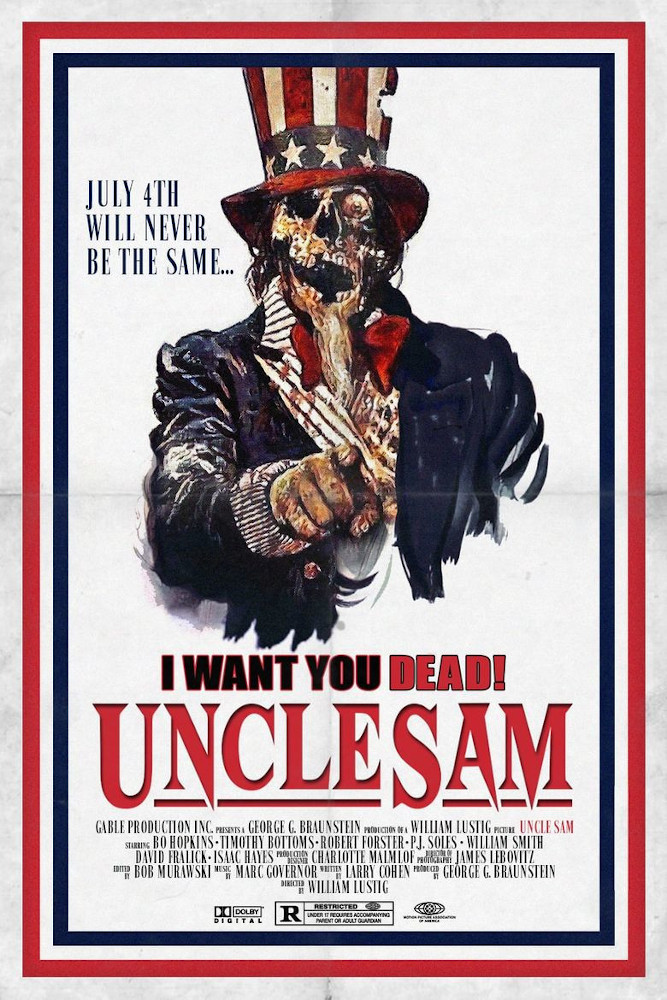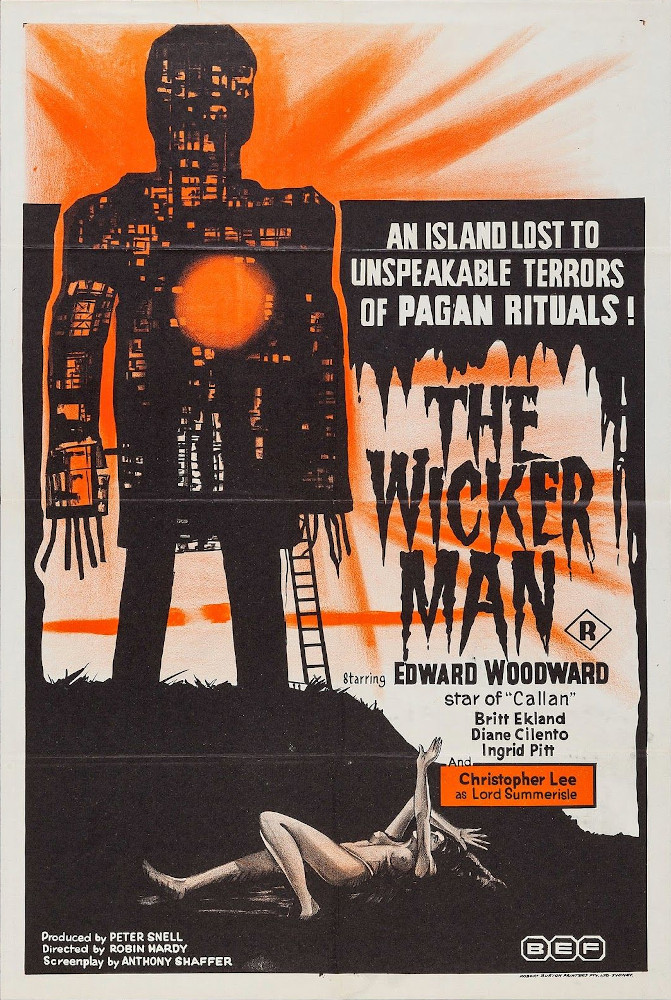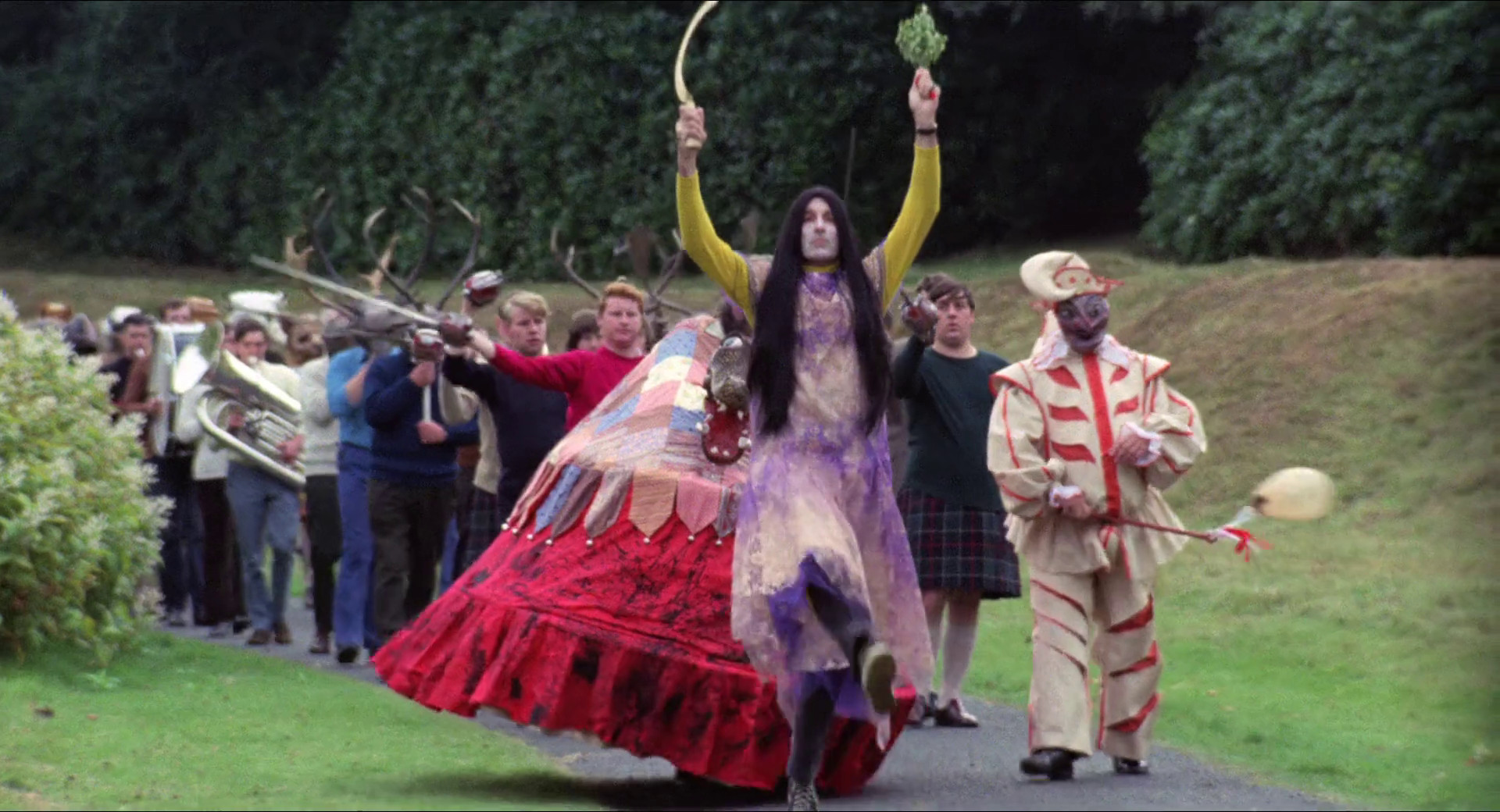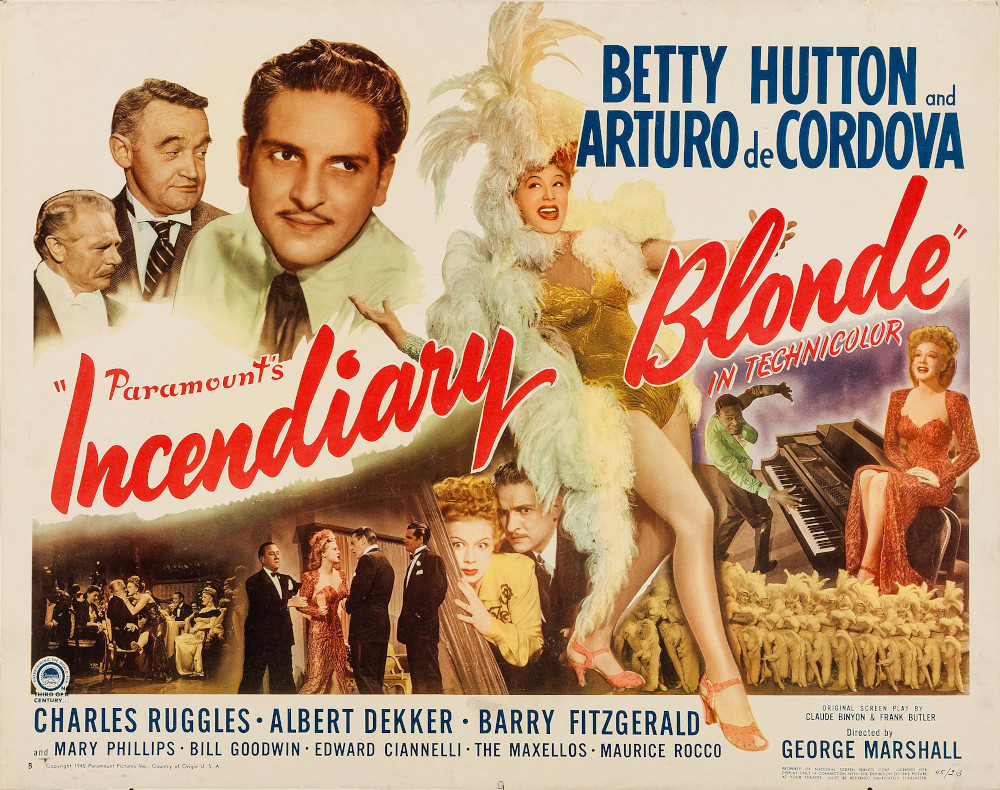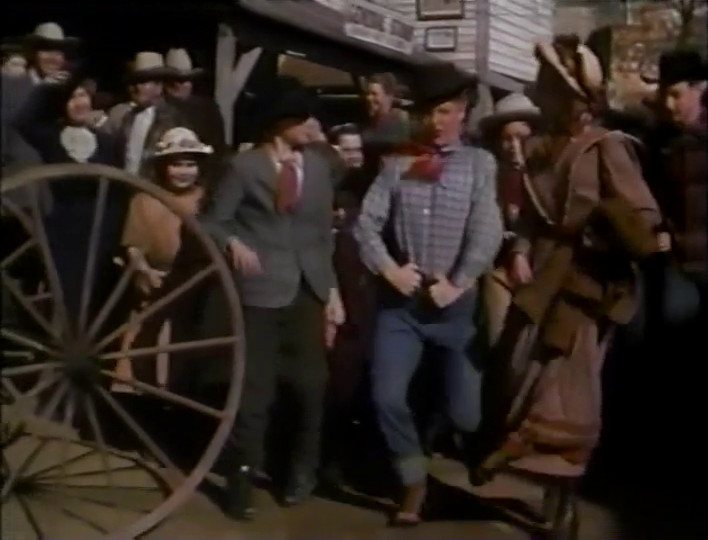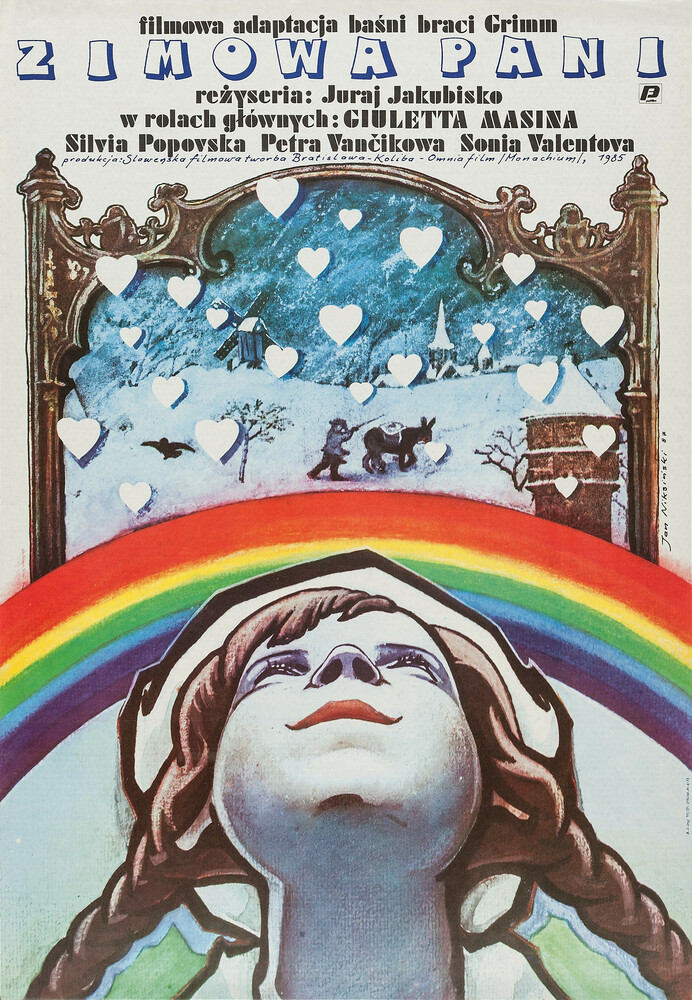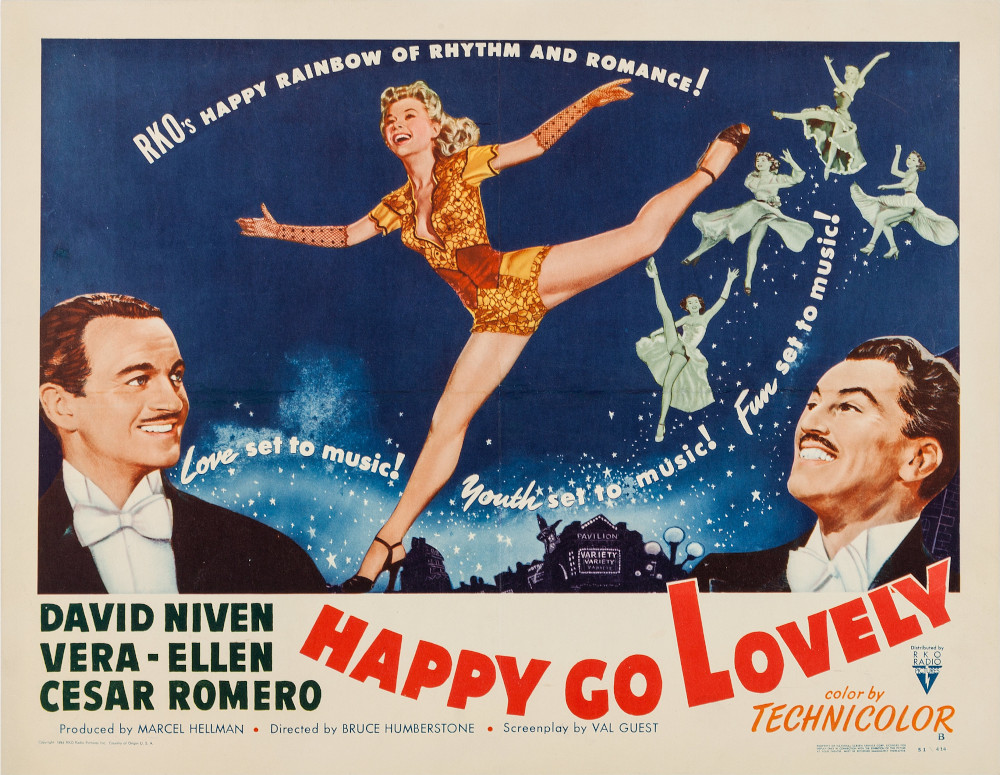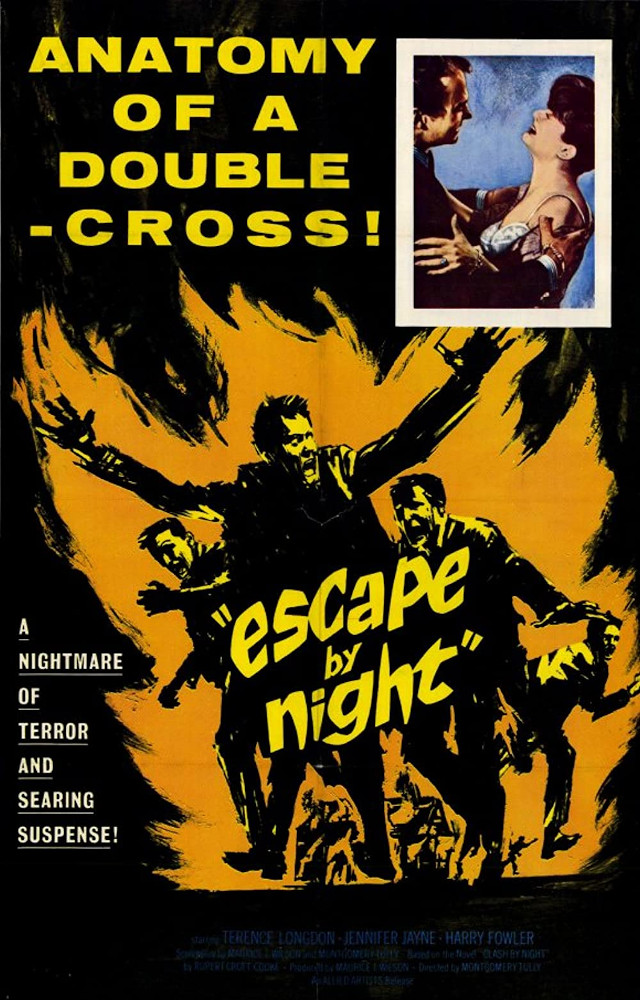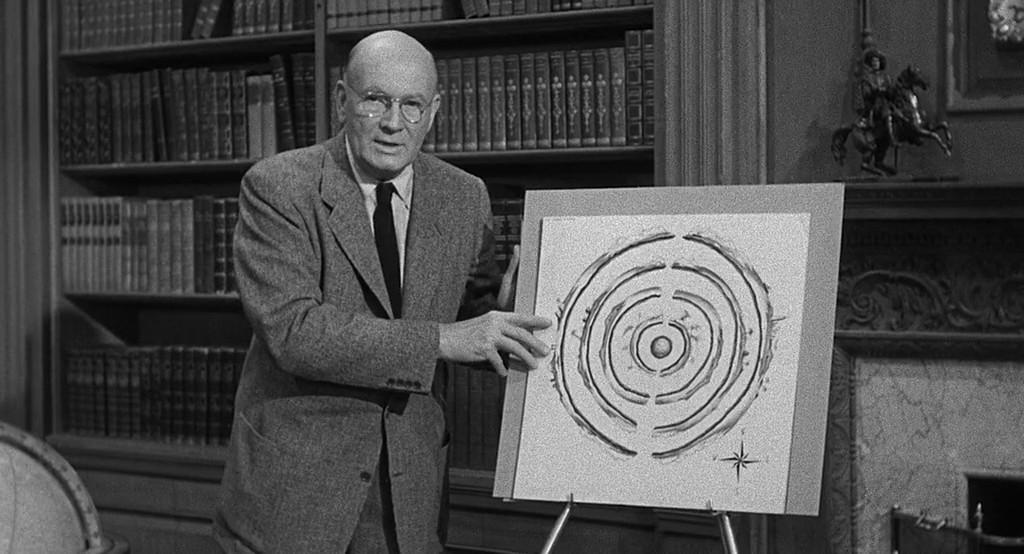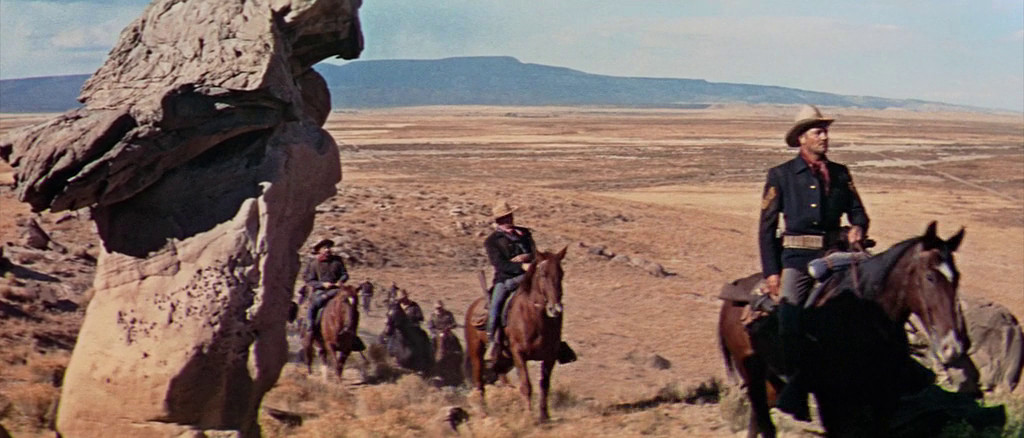Director: Eben McGarr
Writer: Eben McGarr
Stars: Charles Fleischer, P. J. Soles, Joe Knetter, Sid Haig, Caroline Williams, Dick Miller and Sid Haig
  |
Index: Horror Movie Calendar.
Apparently, Hanukkah films are enough of a thing for them to have their own Wikipedia page, even if that page points out that the Jewish holiday of Hanukkah shows up more often on television than in film. Surprisingly, given that the Jewish people have their own country, there are more Hanukkah films made in the United States than in Israel. It seems that Hanukkah films are kind of like what Christmas films used to be before they got taken over by Hallmark and stopped being about Jesus and started being about the spirit of the season. Then again, maybe we can blame Charles Dickens for that! The most obvious difference is that they’re Jewish, but they celebrate a religious holiday with a religious story told using religious elements: lighting menorahs, spinning dreidels and eating traditional food. They often reference the Maccabees, Judas Maccabeus and his four brothers, who took back Judea from the Seleucid Empire in the second century BC, founding the Hasmonean dynasty and rededicating the Second Temple in Jerusalem.
This is a Hanukkah film because it includes many of those component parts but, because it’s in my Horror Movie Calendar series, it’s unsurprisingly a little unlike most other Hanukkah films, even more so than An American Tail, Eight Crazy Nights or The Hebrew Hammer, all Hanukkah films but an animated feature, a musical comedy and a blaxploitation flick respectively. This one is a horror movie and it revels in being a horror movie, as full of as gratuitous gore and gratuitous full frontal female nudity as menorahs and dreidels. Surprisingly, though, for a movie that’s as ruthlessly exploitative as this one, it even manages to cram in some honest to goodness Rabbinical debate, one character going toe to toe with the killer and arguing against his justification by quoting from the Torah and the Mitzvahs. This Hanukiller may be killing, mutilating and flaying bad Jews but he thinks of himself as a Jewish priest and the book of Leviticus strictly prohibits Jewish priests from touching corpses or even being in the same room as one. So there!
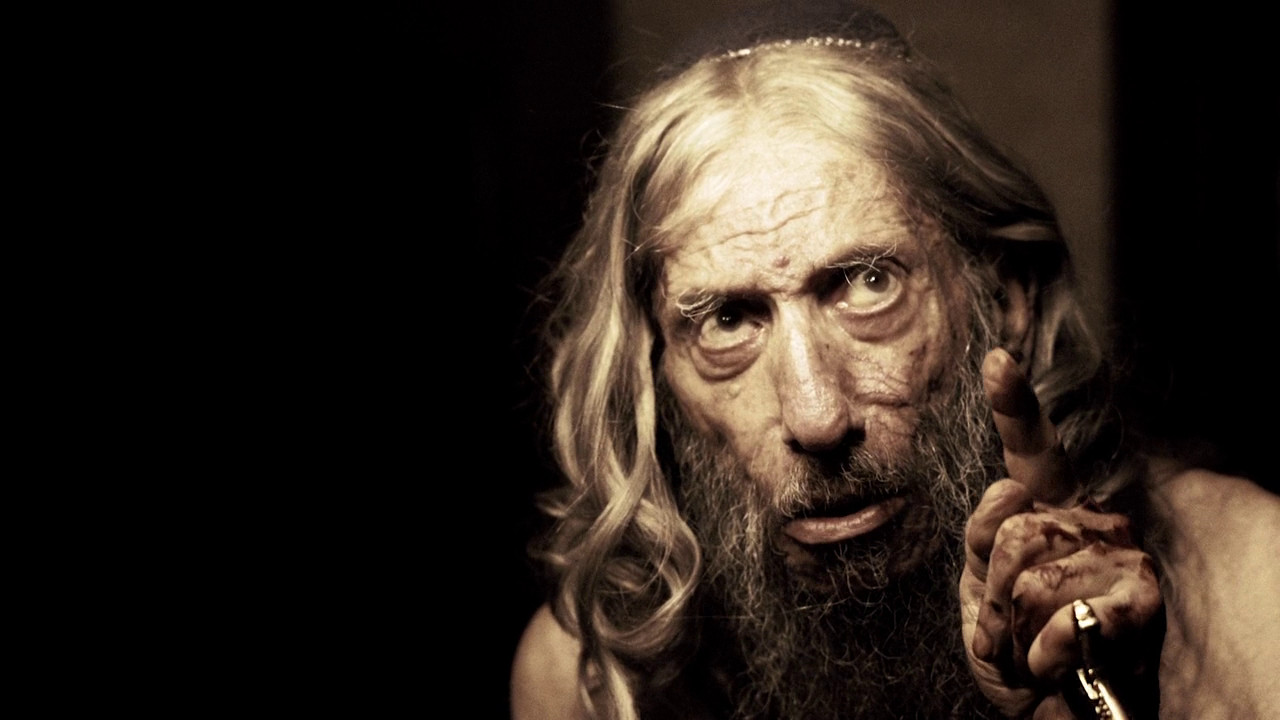 |












